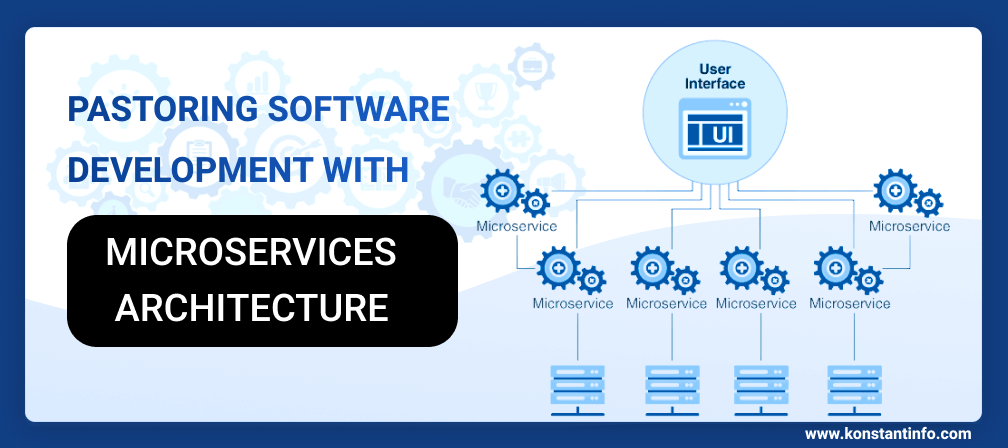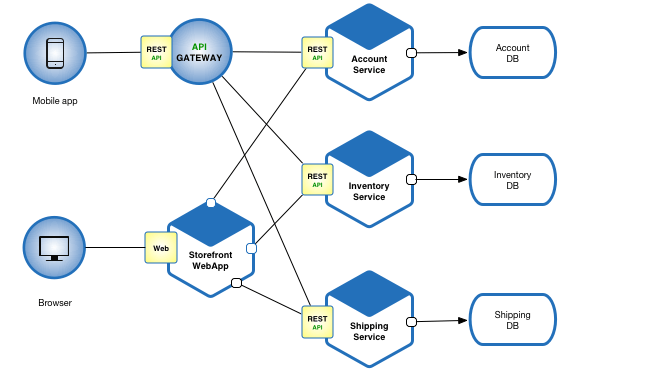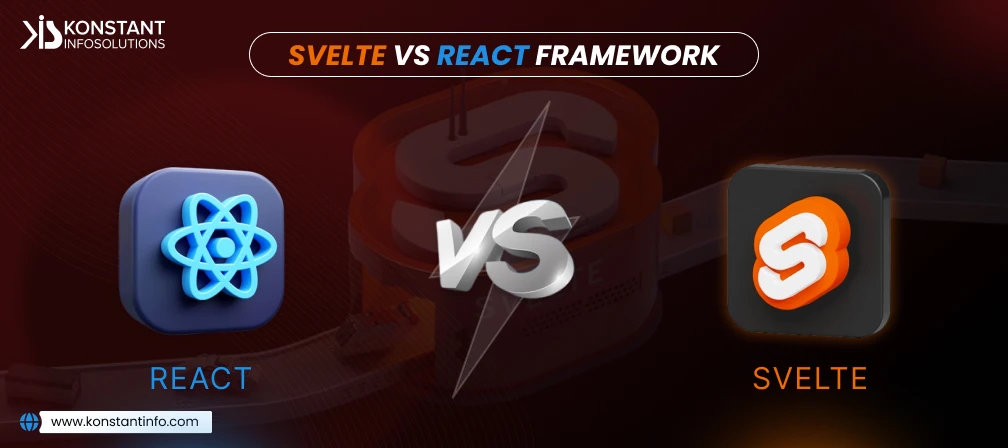
Table of Contents
Context: If you’re building a server-side enterprise application, it must support a variety of different clients, different browsers – web and mobile, and native mobile applications. Such an application must also expose an API for 3rd parties. It should also integrate with other applications via web services or a message broker. Normally the application handles requests (HTTP requests and messages) by executing business logic, accessing a database, exchanging messages with other systems and returning an HTML/JSON/XML response. Logical components are corresponding to different functional areas of the application.
Exponential advances in technology have rephrased industrial outlook and presentation. The emergence of tools, frameworks, languages, plug-ins, programming best practices, methodologies, and architecture has disrupted the traditional coding practices and allowed unbundling of the tiered growth. The related products and services have become more accessible, available, and affordable to a larger population.
Let’s imagine a fictitious e-commerce store process. A customer places an order. The Storefront verifies their inventory, sorts the items, packs and ships them.
This application consists of several components, closely integrated including the StoreFrontUI, Backend and Database. It implements the user interface, backend services for checking credit, maintaining inventory, and shipping orders.

(Source: microservices.io)
Often start-ups are not able to predict and estimate how far they will go, how bigger they can become and how bulky their application will get. They build their application using technologies that satisfy their immediate needs. But such technologies often cease to fulfil their long-term demands/business requirements. Some of the world’s leading companies like Netflix, Uber, Amazon marketplace have been through this. Many Lego pieces are required to build one castle. When building monolithic applications, they are unaware of the difficulty model and whether they are on the correct path to be successful.
Using a microservices architecture, an application is divided into multiple independent components that run each application process as a service. Such services communicate through well-defined interfaces using lightweight APIs. Every service caters to a separate unique business capability and performs a single function.
It improves maintainability, testability, and deployability. It is easier to create, deploy, and debug. The IDE is faster, which makes developers more productive, and speeds up deployment. It improves fault isolation and eliminates long-term commitments. If you want to make major changes to an existing service, you can rewrite it by making use of a new technology stack.
Monolithic applications are single-tiered software applications in which all components are combined into a single program. Such components include the client-side user interface, server-side operations, business logic, the database layer, and integrations. They are interdependent and interconnected. If one component needs to be updated, the changes creep within the entire application. If one of the components goes down, the entire application goes down. An e-commerce platform manages customer profiles, orders, inventory, and all other functions in one place with a single database. Such applications are easy to develop, and easier to deploy, it is faster to build, suitable for smaller projects. Amazon is an example of migrating from monolithic to microservices architecture. It started with a small bookstore and became the world’s largest e-commerce marketplace. All the inherent components are tightly coupled together. It is very quick to get moving quickly. As the project matured over time, the architecture got more complex, overheads were added and the SDLC progressed.
But development and deployment take too long, vast databases are hard to manage, adding new features is risky, and fluctuating website traffic often becomes problematic. Such things limit the growth of the organization, which is why they need to implement a flexible architecture. Every feature of the platform would be provided by a microservice, and all those services would interact with each other via Application Programming Interfaces (APIs). But breaking one project into thousands of microservices makes it messy.
Related Read: Monolithic vs Microservices: Which Web App Architecture to Prefer?
It goes with the “two-pizza team” rule. A team that primarily works with one microservice should be fed with one pizza. Supposedly, one team consists of 10 members, they do not require longer team meetings to stay updated. Each one is aware of their responsibilities, which makes them productive.
Another rule is “You built it, you run it” in which the developers are fully accountable for the work they do, including functionality for all operations and DevOps.
Micro-services are loosely coupled, independently deployable, owned by a small team, organized around business capabilities, and highly maintainable and testable. It enables rapid, frequent and reliable delivery of complex applications, and enables the organization to evolve its technology stack.
While implementing microservices architecture consider pattern languages, which enables you in deciding its appropriateness and use it properly. Monolithic architecture pattern is a traditional style of architecture, which urges you to check the potholes and assess the microservices assessment platform before implementation.
To start with, choose one amongst monolithic and microservices application architecture patterns. Decompose by business capability, subdomain, self-contained service, or service per team.
Multiple tools and technologies support micro-services and containerization to assist in a better development experience. Microservices separates down applications into more segments that operate collectively. Containerization adds a perceptive packaging mechanism where applications are separated from the environment in which they operate, making it easier to host applications inside portable environments.
Containerization makes the developers focus on their application logic and dominions. It splits the deployment and management of the IT operations team. It facilitates reduced size, reduced cost, more developer independence, enhanced efficiency, flexible storage, scalability, better isolation, and efficient execution.
Most accepted trends in microservices and containerization include:
Kubernetes – It is an open-source, transportable system or container as a service platform for containerization service to incorporate automating application deployment, scaling, and management.
Artificial Intelligence Operations – Adopting AI and ML to develop tools for automating the work of IT Ops teams.
DevOps – It combines development and operations to make software development more manageable, process automated deployments, and standardized production environments, to substitute the teams from routine monotonous tasks.
Serverless Architecture – It is a process where developers do not need to worry about incorporating implementation, maintenance, debugging, infrastructure monitoring. Cloud service providers dynamically control the server allocation and provisioning. It is a function as a service platform that promotes organizations to imbibe new specialties, managed by a CSP. Collaboration of microservices and serverless architectures speeds up delivery and cloud-native development.
Service Mesh Security for Containers – The service mesh is a configurable, low latency infrastructure layer that performs service to service interaction amongst containerized application infrastructure and includes service discovery, load balancing, failure recovery, encryption, authentication, traceability, authorization, and observability. It fastens the diagnosis of communication errors, eases the development, testing and deployment of the application. It allows maintaining security between co-operations in both microservices and containers.
Microservices will be multiple microservices in future and will focus on an integration layer that ties multiple microservices together. It will also enable building applications by linking different APIs and services together.
Microservices might require stronger collaboration during development, and not every application might be able to pick it up. It can often be expensive and require making serious changes to the way you code and set up. But these have lightened the work of developers significantly. It intensifies creativity and saves meaningful time and money, thereby increasing productivity. Reach out to our Kubernetes experts!



Vipin Jain is the Co-Founder and CEO at Konstant Infosolutions and is in charge of marketing, project management, administration and R&D at the company. With his marketing background, Vipin Jain has developed and honed the company’s vision, corporate structure & initiatives and its goals, and brought the company into the current era of success.
Or send us an email at: [email protected]